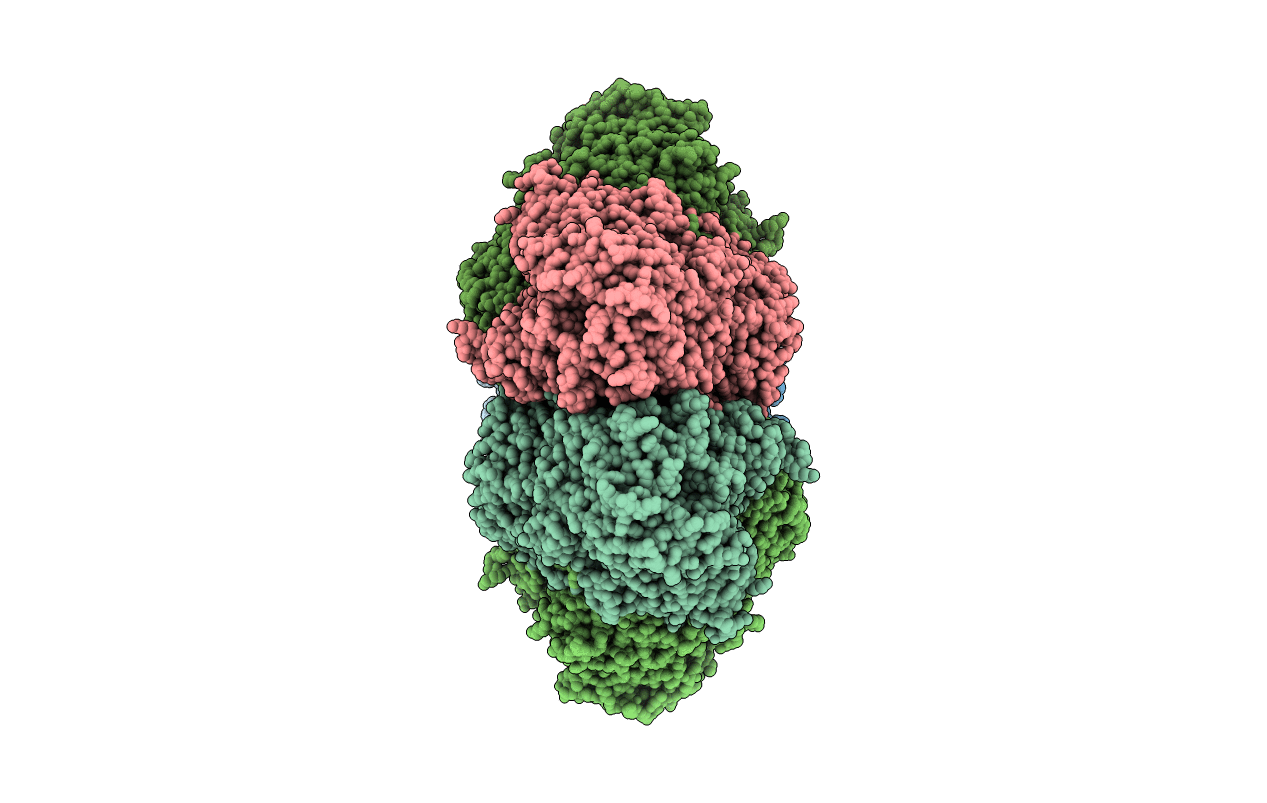
Deposition Date
2002-11-10
Release Date
2002-12-30
Last Version Date
2024-12-25
Entry Detail
PDB ID:
1N6D
Keywords:
Title:
Tricorn protease in complex with tetrapeptide chloromethyl ketone derivative
Biological Source:
Source Organism:
Thermoplasma acidophilum (Taxon ID: 2303)
synthetic construct (Taxon ID: 32630)
synthetic construct (Taxon ID: 32630)
Host Organism:
Method Details:
Experimental Method:
Resolution:
2.80 Å
R-Value Free:
0.31
R-Value Work:
0.28
R-Value Observed:
0.28
Space Group:
P 1 21 1


